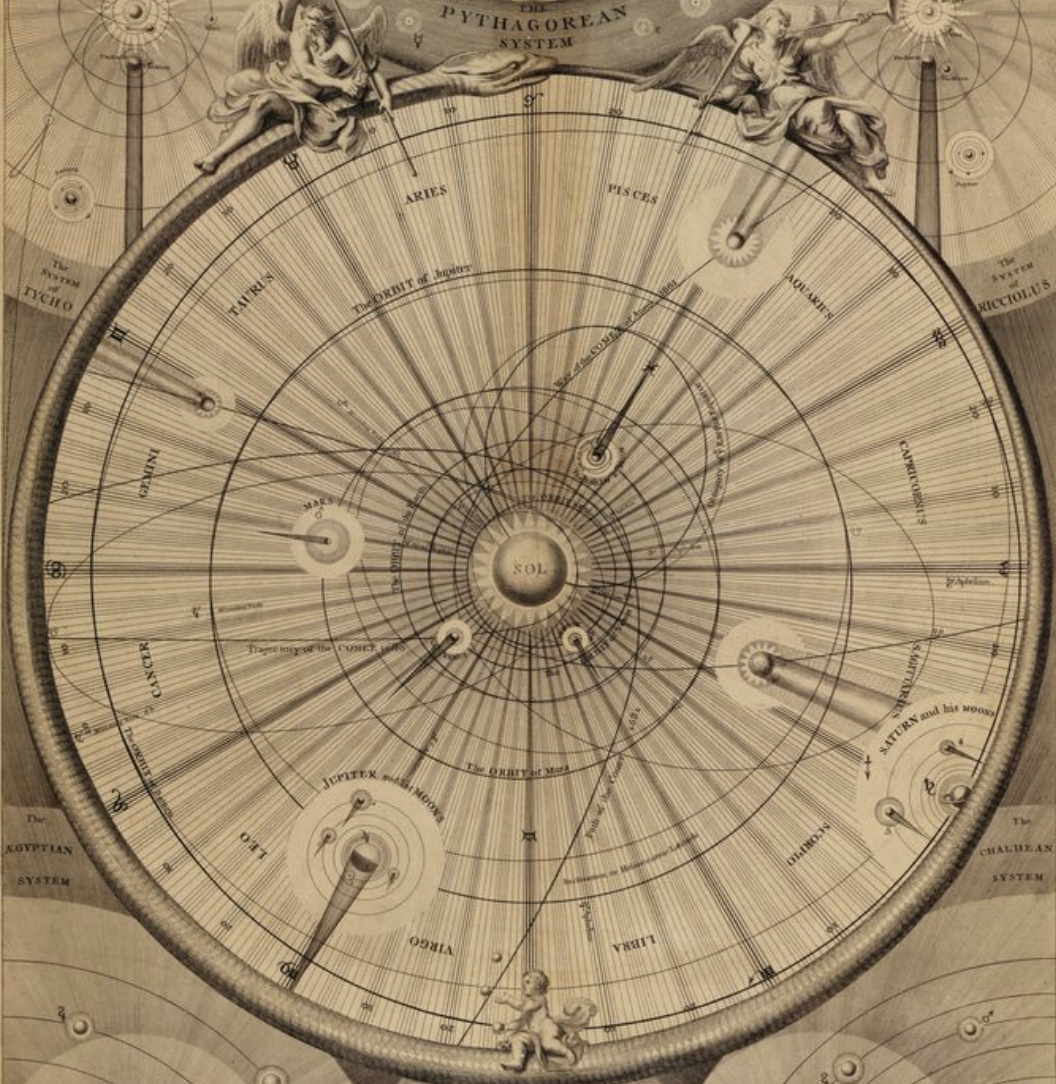1115: #ClassicKenCroswell: Pan-STARRS1 first sighting of the unsolved 'Oumuamua, October 2017. @Nature

Photo: No known restrictions on publication.1742. A synopsis of the universe, or, the visible world epitomiz'd / http://JohnBatchelorShow.com/contact http://JohnBatchelorShow.com/schedules Parler & Twitter: @BatchelorShow #ClassicKenCroswell: Pan-STARRS1 first sighting of the unsolved 'Oumuamua, October 2017. @Nature http://www.nature.com/news/astronomers-race-to-learn-from-first-interstellar-asteroid-ever-seen-1.22925 Researchers with the Pan-STARRS1 telescope atop Haleakala in Maui, Hawaii, spied the first images of the intruder, made during the new Moon, in mid-October. “It didn’t move like comets or asteroids normally do,” says astronomer Rob Weryk at the University of Hawaii at Manoa, who first noticed the object on the morning of 19 October. Comets and asteroids usually move on elliptical orbits around the Sun. These orbits have an eccentricity — a measure used to describe orbital shape — of less than 1. But an object zipping through the Solar System from beyond should instead follow a hyperbolic orbit, whose eccentricity exceeds 1. The latest observations of the asteroid’s changing position indicate that its orbital eccentricity is a whopping 1.20. “It is virtually certain that the object moves in a hyperbolic trajectory,” says Carlos de la Fuente Marcos, an astronomer at the Complutense University of Madrid. The asteroid skirted the Sun on 9 September, when it was inside Mercury’s orbit, and then passed by Earth at a distance of 24 million kilometres on 14 October. Astronomers know little else about the exotic visitor. It’s faint, which means that it’s small: fewer than 400 metres across. And despite its excursion near the Sun, it did not develop a tail — as a comet would — and so astronomers are currently classifying it as an asteroid.